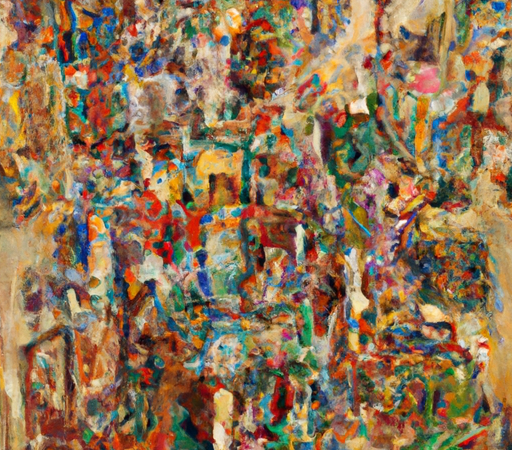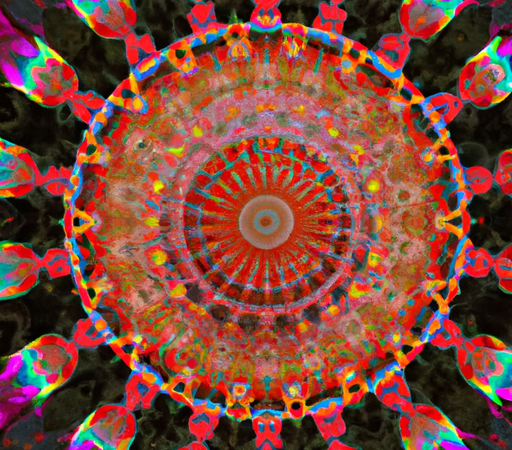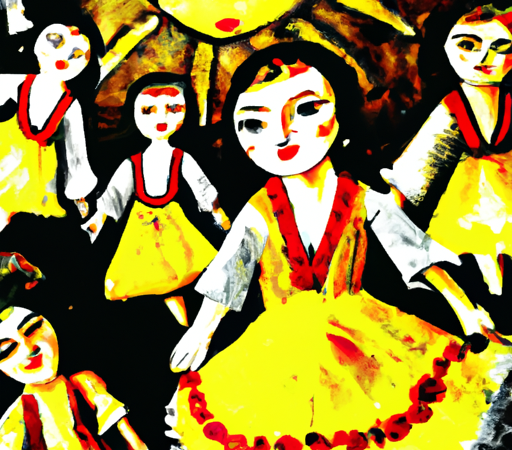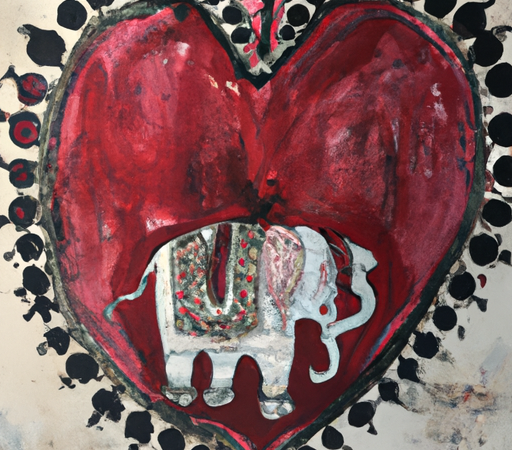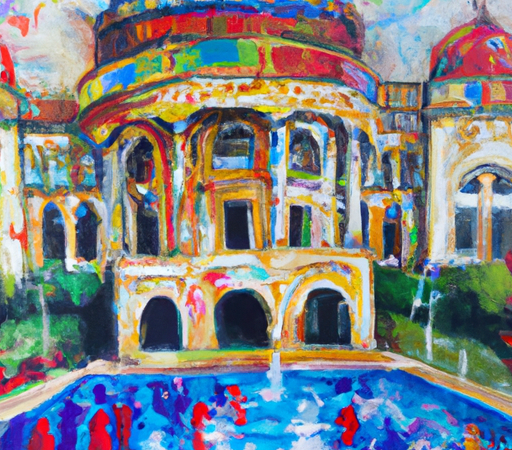Unveiling the Legends: Charting the Timeline of Famous Art Masterpieces Throughout History
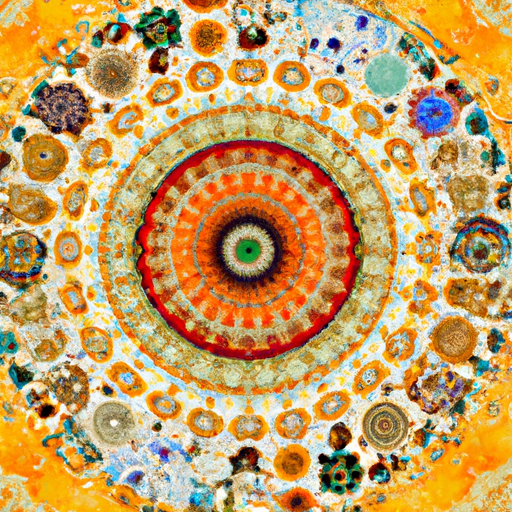
Unveiling the Legends: Charting the Timeline of Famous Art Masterpieces Throughout History
Art has always been a significant part of human existence, reflecting our history, society, and emotions in vivid detail. Over the centuries, countless masterpieces have been created by talented artists who have left an everlasting legacy through their works. From the Renaissance to modern art, each period in history has contributed its unique style and perspective. Let's take a journey through time and explore some of the most famous art masterpieces that have captured the hearts and minds of people throughout the ages.
One of the earliest examples of art can be found in the prehistoric cave paintings of Lascaux, France, dating back over 17,000 years. These ancient artworks depict animals, hunting scenes, and human handprints, offering us a glimpse into the lives and beliefs of our prehistoric ancestors.

Fast forward to ancient Greece and the Hellenistic period, where the world witnessed the birth of classical art. The statue of Venus de Milo, created around 130 to 100 BCE, is a splendid sculpture that showcases the beauty and grace of the human body. This masterpiece, discovered on the Greek island of Milos, still captivates viewers with its intricate details and enigmatic smile.
The Renaissance period is regarded as a pivotal moment in art history, marked by a resurgence of interest in classical forms and humanism. Leonardo da Vinci, the epitome of the Renaissance man, painted one of the most recognizable artworks in history – the Mona Lisa. This portrait, created between 1503 and 1506, has left countless viewers pondering the mystery hidden behind her enigmatic smile.
Moving forward, we arrive at Baroque art, characterized by its dramatic use of light, emotional intensity, and ornate details. Rembrandt van Rijn's "The Night Watch," painted in 1642, is a prime example of this style. This monumental group portrait depicts a gathering of civic guards and showcases Rembrandt's ability to capture individual expressions and bring them together in a harmonious composition.
The 19th century witnessed the rise of Romanticism, a movement that emphasized emotions, imagination, and nature. In this period, Vincent van Gogh left an indelible mark on the art world with his vibrant and emotional paintings. Among his most famous works is "Starry Night," created in 1889. This iconic artwork, depicting a swirling night sky above a serene village, reflects van Gogh's unique perspective on the world around him.
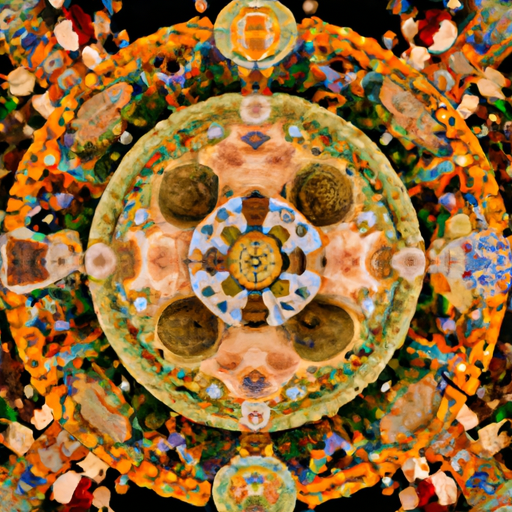
Advancing into the 20th century, we encounter various art movements that pushed the boundaries of traditional art styles. In the early 1900s, Pablo Picasso revolutionized the art world with his Cubist paintings. One of his most celebrated works, "Les Demoiselles d'Avignon," painted in 1907, challenged conventional perspective and sparked a new way of looking at art.
Continuing the timeline, we come to the abstract expressionist movement, which dominated the mid-20th century art scene. Jackson Pollock, known for his drip technique, introduced a new form of art-making that relied on spontaneous and uncontrolled gestures. His masterpiece, "No. 5, 1948," is a perfect example of this style, with its layers of paint and chaotic beauty.
As we reach the present day, the diversity and evolution of art continue to amaze and inspire. From the bold and vibrant works of contemporary artists like Banksy and Yayoi Kusama to the thought-provoking installations of Ai Weiwei, art remains a powerful tool for expressing ideas, commenting on society, and sparking conversations.
Exploring the timeline of art masterpieces throughout history shows us the immense creativity and talent of artists across generations. These works of art not only provide us with aesthetic pleasure but also serve as a window into the culture, emotions, and intellectual development of an era. Whether they are thousands of years old or created mere decades ago, these masterpieces remain timeless reminders of human achievement and the power of artistic expression.

